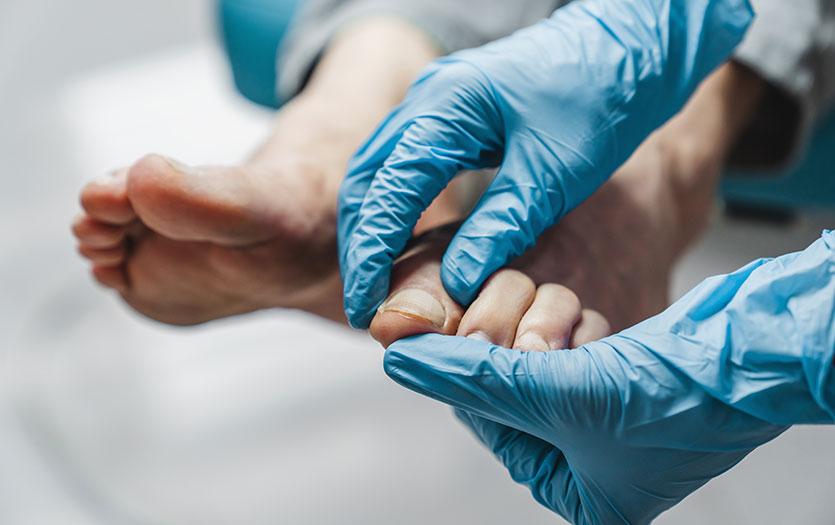What is a bunion?
A bunion is an enlargement of bone or tissue around the joint at the base of the big toe. The big toe may turn toward the second toe. The tissues around the joint may be swollen and tender.
A bony bump at the base of the little toe is called a bunionette or tailor's bunion. The little toe also bends inward, and the joint swells or enlarges.
You can get a bunion from having an unusual walking style, having flatfeet, or wearing tight-fitting shoes. You can treat most bunions at home with a few simple steps. If you have a lot of pain, your doctor may inject medicine into the bunion to reduce swelling for a while. If you still have pain, you may need to have surgery.



